Homebrew #79: Naked Braggot
¶ by Rob FrieselBraggots — that fun little beer/mead hybrid. I’ve made the one so far, and used honey in brewing a fair number of times. I pitched a talk to Homebrew Con and thought that if they accepted it 1 then it would be good to bring a variety of braggots to share. The Naked Braggot would be the first.
When I wrote the pitch for the Homebrew Con talk, I decided to outline something I called “The Seven Braggots Project”. The idea would be to dig deep into the style — its history, and the many variations — and to crystallize around seven 2 takes on it. Similar to the conceit behind the 2018 Mead Day Mead, 3 I wanted to make a braggot that was as simple as possible. I wanted to strip it down to just the essential components.
In other words: How simple could you get on ingredients and process and still call it a braggot?
And then I thought to up the ante and introduce an experimental variable: Would adding the honey at different stages impact the finished product?
Brew Day
Straightforward is probably the best descriptor here. Collecting strike water and milling early in the morning. Mashing at about 152ºF. Boil for 60 minutes.
I had about 5.5 gallons of wort at a starting gravity of 1.037. I split the wort between two carboys. One of them had 3 lb. of honey added immediately, reaching an O.G. of 1.072. The other would get 3 lb. of honey added in a couple of days.
I rehydrated two sachets of US-05, and pitched one into each. The carboys were moved to my basement, which was holding fairly steady in the low-60s ºF.
Fermentation
Fermentation was evident within a few hours, and fairly vigorous by +16. At +28 hours, I noticed that the batch that had the honey added immediately was fermenting with noticeably more vigor. Trying to get out in front of any major messes, I swapped the airlocks for a blow-off bucket.
At +52 hours, I added 3 lb. of honey to the other batch.
It made a little bit of a mess, but nothing I couldn’t manage.
Fermentation proceeded from there and I observed over the next couple weeks. When I was confident that we’d achieved final gravity (hydrometer readings of 1.006 for both), I packaged the braggots separately, priming with corn sugar to 2.3 vols and bottling. I let them condition for about two weeks before sampling them for a side-by-side comparison.
Overall Impressions
Pleasant enough. Simple flavors. Certainly enjoyable enough. The two batches don’t really seem all that different from one another though.
AROMA. Early honey. Moderate honey and floral notes. A low raspberry impression. Faint alcohol. Pleasant. Mid-fermentation honey. About the same. Maybe slightly less of the raspberry impression. Slightly stronger alcohol note. Also pleasant.
APPEARANCE. Early honey. Pale gold. White head with loose foam; average retention. Good clarity, though a slight haze persists. Mid-fermentation honey. Same, same, same.
FLAVOR. Early honey. Malt element is present but medium-low; a biscuity sweetness and some cracker. Honey element is moderate. Some floral characteristics, especially retronasally. A mild citrus impression, especially in the mid-palate. Low bitterness. Reads more like a mead than a beer, but definitely not fully like a mead. Mid-fermentation honey. Mostly same, same, same… But somehow the flavors seem ever-so-slightly… richer? fuller? But not significantly.
MOUTHFEEL. Early honey. Medium-light body. Moderate carbonation. Noticeable alcohol, but not unpleasant. No astringency. No creaminess. Mid-fermentation honey. Same, same, same… Again: seeming ever-so-slightly… richer? fuller? But again: not significantly.
OVERALL IMPRESSION. Same for both. Not an especially complex beverage, but pleasant to drink. Reads more like a mead than a beer, but the malt contributions are sufficient to differentiate it as a style. No significant hop character. Alcohol asserts itself but isn’t overwhelming. It’s an easy-sipper, but doesn’t have a lot going on. “Pleasing, but… nothing to write home about.” No significant faults, though could stand to be a little clearer, and maybe smooth out the alcohol.
A successful enough experiment, at least inasmuch as what I was hoping to demonstrate. First, that you can make a serviceable braggot with just the simplest of base ingredients. Second, that while adding the honey mid-fermentation might give it a fuller/richer impression, that such an impression is slight, and there certainly weren’t any quantitative differences.
I don’t know that I’d make this specific braggot recipe again, but it was informative. And I plan to move ahead with the other braggots in my project.
Recipe
The all-grain (BIAB) recipe for Naked Braggot is as follows:
Water Chemistry
Starting with the Champlain Water District profile as a base, carbon filter and add:
- 0.33 g/gal Epsom Salt
- 0.29 g/gal Calcium Chloride
- 0.16 g/gal Gypsum
- 0.01 g/gal Salt
- 0.22 ml/gal Lactic Acid (88%)
| Ca | Mg | Na | SO4²- | Cl- | HCO3- |
|---|---|---|---|---|---|
| 81 | 19 | 16 | 132 | 102 | 40 |
Mash Grains
6 lb. Briess 2-row Brewers malt
Fermentables
2 × 3 lb. raw wildflower honey
Hop Schedule
- 1.5 oz. Willamette (60 min.)
- 0.5 oz. Willamette (5 min.)
Yeast
2 × 11.5 g sachets of Fermentis SafAle US-05 (rehydrated)
Brew Day
- Collect 15.24 qt. water and heat to 160.6ºF. Mash in; hold at 152.1ºF for 75 minutes. Meanwhile, heat 12 qt. water to 190.9ºF. At the end of the saccharification rest, add 12 qt. to main mash. Mash out at 168ºF for 10 min.
- Remove filter bag from water. Squeeze filter bag to extract as much liquid as possible for wort. No sparge. Pre-boil volume should be 6.37 gallons.
- Bring to a boil. Boil for 60 minutes; follow hop schedule as described above.
- Cool to 70ºF as rapidly as possible. Post-boil volume should be approx. 5.5 gallons.
- Divide wort evenly between two fermentors. Add 3 lb. raw wildflower honey to one of them.
- Aerate wort; rehydrate US-05 yeast and pitch.
- Start fermentation at 64ºF.
Beyond Brew Day
- After 2-3 days, add 3 lb. raw wildflower honey to the other fermentor.
- Allow fermentation to complete (approx. 2 weeks) at approx. 64ºF.
- After fermentation completes, rack braggot from each vessel separately, priming to 2.3 vols (approx. 1.75 oz. corn sugar for each), and bottling.
- Allow 2-3 weeks to achieve satisfactory levels of carbonation.
- Enjoy!
Details
Naked Braggot, a braggot by Tilde Gravitywerks
| Original Gravity | 1.072 |
| Final Gravity | 1.006 |
| ABV | 8.8% |
| Attenuation | 91.2% |
| IBU | 29.1 |
| SRM | 8 |
| Links | Flickr |
- They didn’t accept it though. Oh well.[↩]
- An arbitrarily chosen number.[↩]
- Specifically: to demonstrate that literally anyone could make mead, and that you didn’t need fancy ingredients or special equipment to make something drinkable.[↩]
About Rob Friesel
Software engineer by day. Science fiction writer by night. Weekend homebrewer, beer educator at Black Flannel, and Certified Cicerone. Author of The PhantomJS Cookbook and a short story in Please Do Not Remove. View all posts by Rob Friesel →One Response to Homebrew #79: Naked Braggot
Pingback: 2019 Greg Noonan Memorial Homebrew Competition Results | found drama
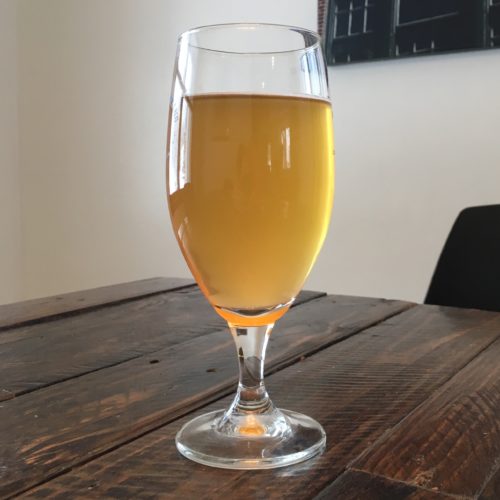

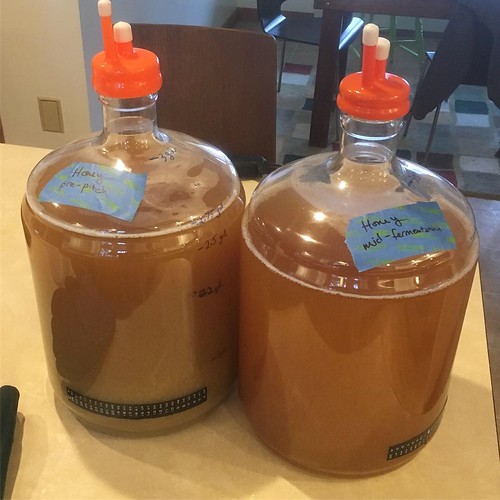
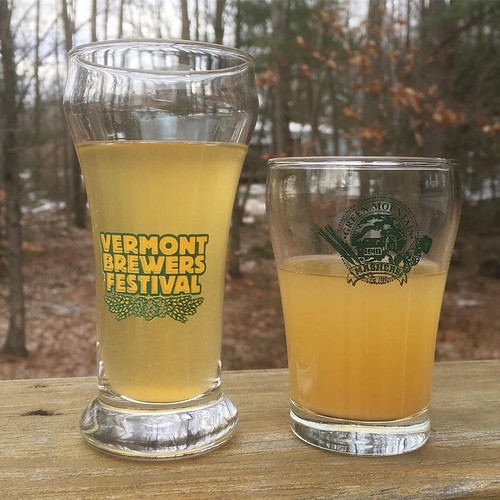
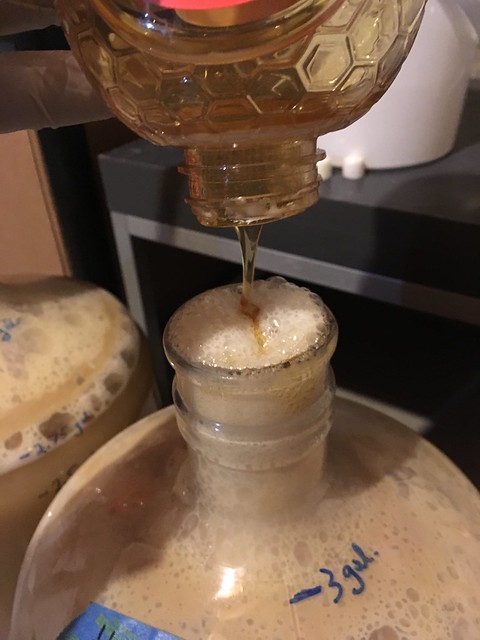
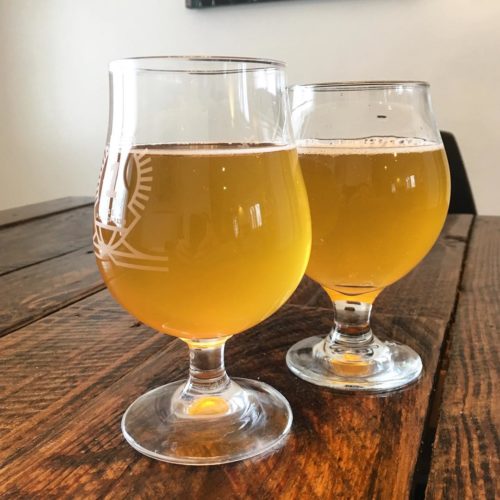
Leave a Reply